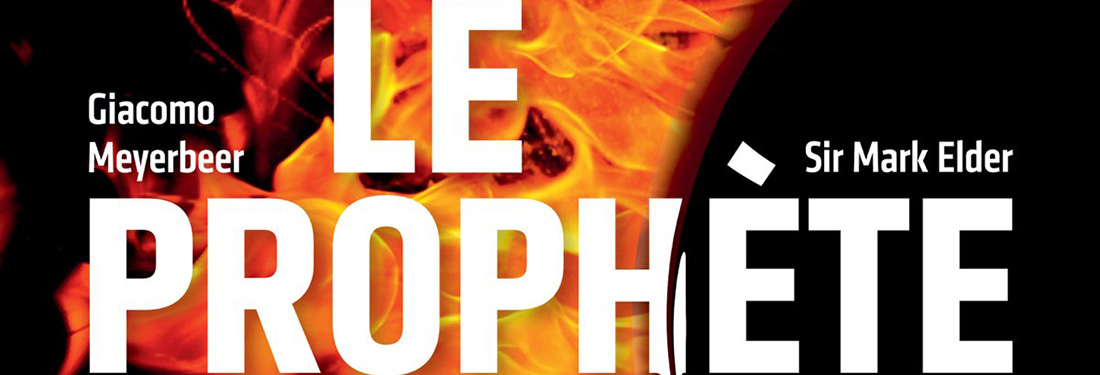

I wouldn’t even list Tosca as one of my favorites in spite of the fact I know nearly every line of the libretto by heart and have my picnic basket packed and costume ready for someone to announce the singalong production at the Hollywood Bowl.
So when our friends at Naxos & C Major announced near dueling releases of Puccini’s “shabby little shocker” (thank you Mr. Kerman) I was ready with my critic’s pen dipped in bile. Meanwhile, between all the screaming, cannon fire, and firing squads, I’m sure my neighbors are relieved to remember I’m just an opera fan.
We start at the Dutch National Opera with Barrie Kosky’s production filmed at two performances in May of last year. I’ve seen Mr. Kosky’s productions of Mozart’s Magic Flute (steeped in silent movie lore) and his La bohème here at LA Opera and I count myself a fan of his intelligent and unique production style. His staging of Act III in Bohème was literally genius in spite of the fact it was completely contrary to the composer’s wishes. I’m a tree, I can bend.
His production of Tosca, designed by Rufus Didwiszus, is a very minimalist/Brechtian affair with Sant’Andrea della Valle represented only by the expanse of a black and white tiled floor surrounded by a dark void. Angelotti (Martijn Sanders) breaks through the floor Shawshank Redemption style in a truly harrowing opening due in no small part to his gruesome physical condition. In retrospect that seems to be the evening’s recurring theme I’m sorry to say.
We have a beatnik Cavaradossi sung by Joshua Guerrero who has a lovely middle-weight tenor. He’s conversational in his opening banter with the Sacristan and “Recondita armonia” even if he only flicks at the high note in the climactic phrase. He’s painting at an easel on the open floor.
Swedish soprano Malin Byström is our evening’s diva and she has a warm voice (for a Scandinavian) with good legato. Her phrasing is a tad choppy at times. She sings so well in the Act I duet with Guerrero however she gets exit applause. Her Italian betrays a slight accent and either from the makeup or hair (or both) she bears an uncanny resemblance to the actress Zooey Deschanel.
The arrival of Scarpia brings expectations into focus as the chorus of adults and children run in screaming terror at his arrival. He enters with his detail who are all dark-suited and armed. A gun is placed to the head of the Sacristan during that brief interrogation.
Gevorg Hakobyan as Scarpia gives off a vaguely “Pitbull’”vibe with his bald head and gray sharkskin suit and he’s moderately creepy during his brief audience with Tosca on her return to the church. In her pique she accidentally leaves behind her coat and Scarpia spends her exit music caressing and smelling it (so he’s got some kinks). There is a magnificent bit of stagecraft in the Te Deum that I won’t spoil and our baritone definitely bull canto’s his way through it in impressive fashion.
Act II takes place in a gray chef’s kitchen with no windows and few doors. Yet it does sport a wine fridge and a working sink so that Angelotti can wash the blood from his hands while reciting his Latin. All the modern conveniences which also include a trap door to the torture chamber below.
Ms. Byström is dolled up in a form fitting red satin number that’s off the shoulder but the heavily embroidered straps of her slip are clearly visible which is a decidedly odd look. The reason becomes apparent however when Scarpia pulls the dress off of her during their final struggle right before her big number. She is left to sing the Soprano National Anthem prone Jeritza-style on the cold floor.
Did I forget to mention that they bring three of Cavaradossi’s fingers up through the trap door wrapped in a bloody kerchief? It’s that kind of evening and those musical wails that Puccini wrote seem wildly inadequate compared to what must be going on down below. Although I appreciate Mr. Kosky’s gift for being able to turn situations on their side, some things don’t add up in hindsight.
Our heroine does a fine job of dispatching the baritone (those wall-mounted magnetic knife racks sure are convenient!) and needless to say the bloodletting is so extreme it would make Quentin Tarantino proud.
Act III finds Mr. Guerrero in maximum security shackles and so bloody and beaten it makes you wonder how he’s still alive let alone able to sing. Like he’s missing an eye. Nonetheless, in spite of a makeup job that makes him appear like he’s going to shout out, ”Esmeralda!” he manages a touching “E lucevan le stelle.”
Ms. Byström arrives freshly coiffed in a much-needed change of ensemble. However, I wonder if a black gown with an open back decorated with ropes of gold chain is really what you want for a discreet leave-taking after the execution of your lover. It’s very Chanel; the S&M line. I want to love her performance far more than I do. She’s gifted and ticks all the boxes when it comes to the various graces necessary for a good Tosca. Still I think the production boxes her in.
Don’t get me wrong I appreciate a Tosca where we get a full three-act fashion show however Ms. Byström’s outfits, designed by Klaus Bruns, have been just off the mark throughout. Not horrible but certainly not iconic in that way when you recognize a real Tosca look.
Mr. Kosky has one more trick up his sleeve for the finale and it’s so swiftly executed (that was practically unintentional) that it does surprise and shock. He’s big on xi and I’m here for it.
Recovering nudist Lorenzo Viotti (32 yr. old son of Marcello who passed suddenly in 2005) leads a strong performance. There are moments when he seems to be re-thinking the score and its orchestrations but not as drastically as the director is re-thinking the staging. He supports his singers well and definitely knows where to put his foot on the gas.
Video Director Francois Roussillon does an excellent job capturing the action and the atmospheric lighting of Franck Evin in these very spare settings. The sound-scape is particularly vivid and Blu-ray picture is very sharp. You might want to adjust the reds on your monitor down a tad if you’re queasy. If you’re a fan of Mr. Kosky or Ms. Byström I’d say this is a must but I don’t think it’s going to the top of anyone’s list.
Our next production of Tosca does require some time travel and nothing pleases me more than attending the opening night of La Scala from my sofa. Though it was just released it dates back to Dec. 2019. Sergio Mattarella, the current President of Italy. is in attendance in the royal box and after they play the “Inno di Mameli” he gets a good 3 ½ minutes of applause. Tht turns out to be the biggest hand anyone deserves in this production as far as I’m concerned.
I’ve sung the praises of Davide Livermore on these pages for his brilliant staging of Rossini’s Ciro in Babilonia from Pesaro a decade ago. He’s enjoyed much success at La Scala since with multiple productions (with each new staging growing in scale it seems) and this Tosca is absolutely bewildering in its excess. Suffice to say he makes Franco Zeffirelli look like John Dexter by comparison.
He’s aided and abetted by his regular set design team which is the firm of Giò Forma which is led by Cristiana Picco (set designer), Claudio Santucci (architect) and Florian Boje (architect and designer), plus a gaggle of minions who act as the nitroglycerin to Mr. Livermore’s imagination. Unfortunately it’s a lot like the tail wagging the dog in this case.
The interior of Sant’Andrea della Valle is positively immense. A towering Attavanti chapel rolls in and out as necessary onto an enormous central turntable. Since it has iron bars on all four sides it’s a challenge to hide in. Cavaroadossi’s painter’s scaffold is similarly mobile. The entire set raises up a half story so that Angelotti can hide himself below.
The (digital) portrait of the Madonna, which magically changes color and hue when it’s touched, does more flying on and off stage than Mary Martin did in Peter Pan. Mind you, this is all in the first 20 minutes. For those of you who are as bewildered as I was, the production team still wants us to believe the setting is the historical year of 1800. Go figure.
Meanwhile Maestro Riccardo Chailly in the pit is leading a very leisurely, one might even venture the word “lethargic” reading of the score. Later it dawns on me that if tempos were any brisker it would have sped up the action, and by extension the turntable, thereby risking the life and limb of his talented cast.
Hats off to Francesco Meli as the Cavaradossi for hanging on to this ride through the Church of the Holy Mother of the Magic Carpet. If his opening aria doesn’t make that great of an impression thank goodness the cameras at least keep track of him for the home audience.
Our Floria Tosca is the reigning queen of La Scala Anna Netrebko. No doubt the raison d’etre for La Scala’s new production and this is opening night of December 2019 (her third) before all the unpleasantness began and her war with Peter Gelb. She had already debuted her Tosca in spring of the previous year on the Met stage (no coward she) so she’s got the measure of the role.
In Act I she’s a woman very happily in love but she’s also obviously the one in charge in this relationship. No doubts there. She’s in plush voice and the balance from top to bottom is superb. She consistently tapers the ends of her phrases so you know she’s in absolute control. She also brought a little extra chest voice from home for the juicy bits later on. She also sings her last line, exiting after the first duet, sashaying upstage with her back to the audience in a cunning display of vocal amplitude.
After our diva departs and Cavaradossi and Angelotti run off together the doors at the back of the church are flung open and the mothership lands replete with blinding backlighting and smoke filmed from the rear of the Scala auditorium for maximum effect. Yet how disappointed was I when the air cleared and it was only Luca Salsi,, our Scarpia, and not Darth Vader.
Mr. Salsi has terrorized Ms. Netrebko’s honor on a number of occasions before, including her Trovatore Leonora in Verona, her Maddalena in Andrea Chenier at La Scala from 2017 (reviewed on these pages) and he as her Mr. Macbeth in Milan opening night of ‘21. He proceeds to give the performance you’d expect from a man who’s got more voice than is necessary for almost every role.
The Te Deum, with what must be the entire combined clergy of the Holy Roman See, on that spinning turntable marching in circles around a towering altar as the entire stage rises (for no earthly reason) has to be seen to be believed. I’m sure Mr. Salsi must have been singing along but I was frankly too distracted to notice.
Speaking of distractions, when the curtains part on the Palazzo Farnese we’re presented with a three-story ballroom with five large frescos ringing the upper ceiling. On closer inspection the characters in the paintings are actually moving and commenting discreetly on the action. The novelty of this electronic enhancement wears off mighty fast.
Act II goes pretty much as you’d assume except the stage once again rises and falls so we can see (sort off) the going’s on in the torture chamber beneath. Ms. Netrebko and Mr. Salsi obviously relish their roles and furniture and clothes get flung about like it’s a WWE smackdown.
Ms. Netrebko throughout remains a paragon of vocal virtues, which is almost disappointing because I was waiting for her to start throwing that voice around much more than she does and exploiting its extremes. Still no one is getting any help from the pit with Maestro Chailly driving this car so slowly.
When she comes to her spotlight aria it’s an exemplary performance with the kind of long breathed phrases most sopranos can only dream about. Yet it feels like everyone involved is so concerned with just being able to make it through musically the drama suffers by comparison. There’s no visceral abandon in any of these performances.
Scarpia’s murder isn’t staged as we’ve come to expect (more of that anon) and there’s none of the usual business with the cross and the candelabra. She’s a Tosca who can’t believe what she’s just done and it’s apparently such an out of body experience for our girl that she has a body double suddenly appear upstage (!) Her “E avanti a lui tremava tutta Roma!”,(sung straight on the middle C) is delivered with an ironic smile, which I loved.
Act III finds that turntable installed on the roof of the Castel Sant’Angelo and one of the wings of the Archangel Michael has been fashioned into a sort of holding cell. They keep spinning it every chance they get and in spite of a glorious CGI sky in the background the whole thing has me scratching my head on my couch and with what I can only assume is a giant CGI question mark flashing over my head.
I should mention the other trick Maestro Chailly has up his sleeve is that he’s been presenting curated editions at La Scala of various Puccini works. In 2016 it was the original version of Madama Butterfly and then the following year Turandot with Luciano Berio’s finale (which I despise).
Here we have the new critical edition by Roger Parker / Versione Roma 1900 / Editore Casa Ricordi, Milano to contend with. So we get little bits and bobs from what were Puccini’s first thoughts on Tosca. They are as follows; a few little extra measures in the Act I duet right before her last “Ma… falle gli occhi neri!”; no cannons in the Te Deum; Spoleta gets to recite a little extra Latin during the Act II interrogation; the exchange between Tosca and Scarpia directly after “Vissi d’arte” is different, longer, and an even bigger applause killer; the stabbing of Scarpia has extra measures plus the “E avanti a lui tremava tutta Roma!” comes far later.
Then the final moments of the opera seem almost endless compared to what we’re used to and the nonsense that accompanies it in this staging is barely worth mentioning. Suffice to say Ms. Netrebko’s (stunt) double gets the final apotheosis to herself and I’m always disappointed when I don’t get to see the soprano jump for herself.
I should mention the costumes of Gianluca Falaschi which are striking but for all the wrong reasons. I consider the man a genius from his past work but here everything is so wildly colorful in that particular “Italian” way that just teeters on the brink of bad taste / chic gala. In the first act Ms. Netrebko sports a sheer blouse no good woman would wear in church yet it’s excessively flattering with leg-of-mutton sleeves (in a discreet nod to period).
Mr. Salsi sports a dressing gown in Act Two of such a rich magenta velvet with gold brocade I half expected Beyonce to march on stage demanding its return. Ms. Netrebko’s ombre concert gown for the last acts (no change for Act Three Gianluca?!?!) is another near miss and her tiara looks like it belongs on Disney’s Little Mermaid.
The title menu on the Blu ray disc started off with a cannon shot so loud it made my windows rattle (scaring me far more than Mr. Kosky had). So sound and picture are definitely first rate. It’s hard to speak to the video direction by Patrizia Carmine because there’s so much going on at one time you’re almost always feeling like you’re missing something.
I’m going to call this a fiasco d’estime, so wildly over the top in almost every respect that it beggars comprehension. An able cast is trapped on a Thanksgiving Day Parade float of a production that has no idea why it’s doing what it’s doing. Add a conductor who definitely needed a shot of espresso before he took up his baton and I can only hope Ms. Netrebko gets another chance at this role on video in the future.

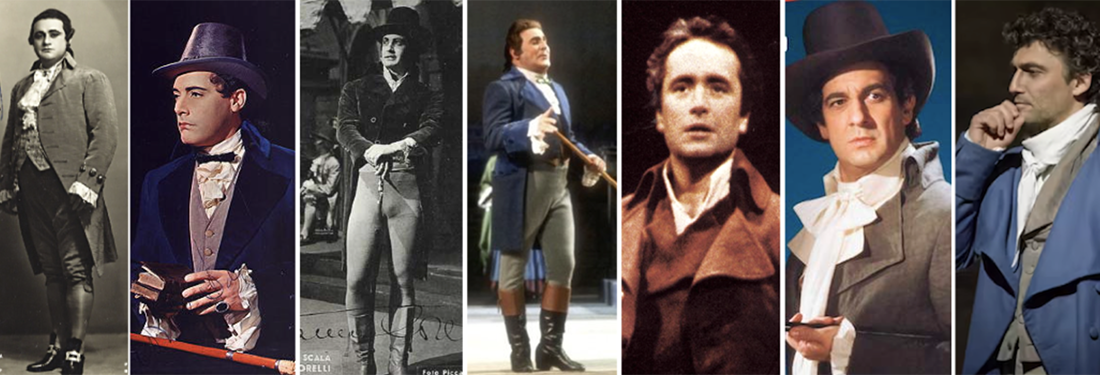
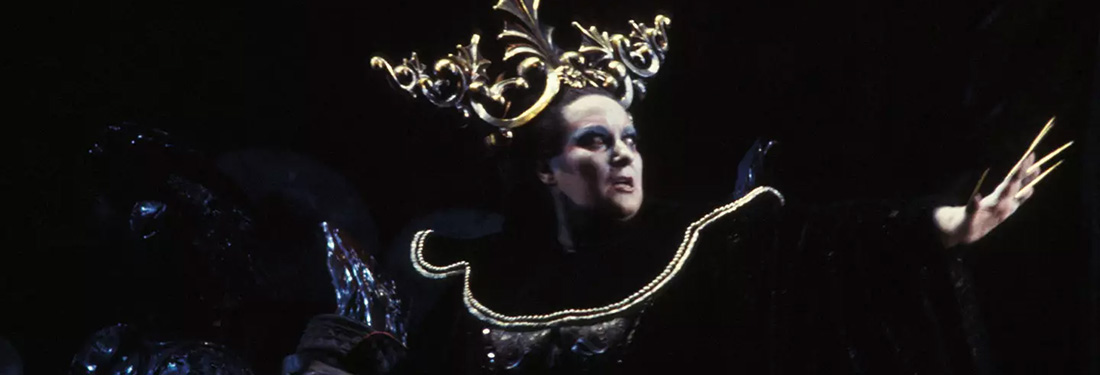
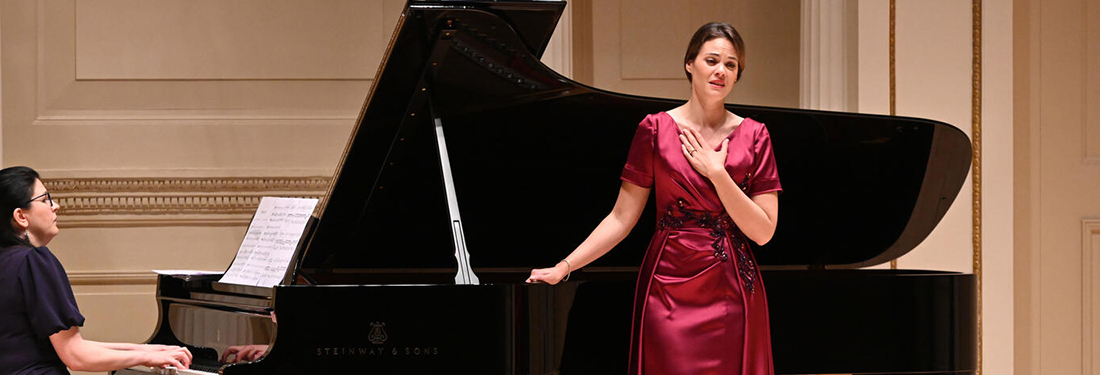

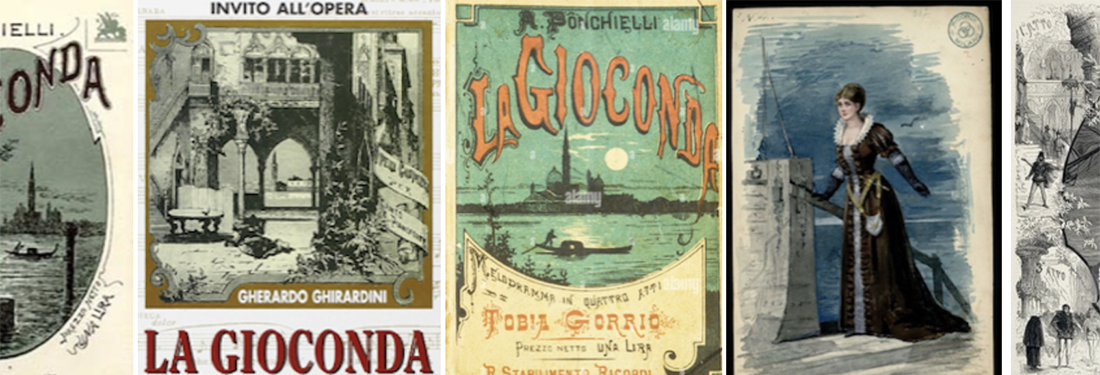
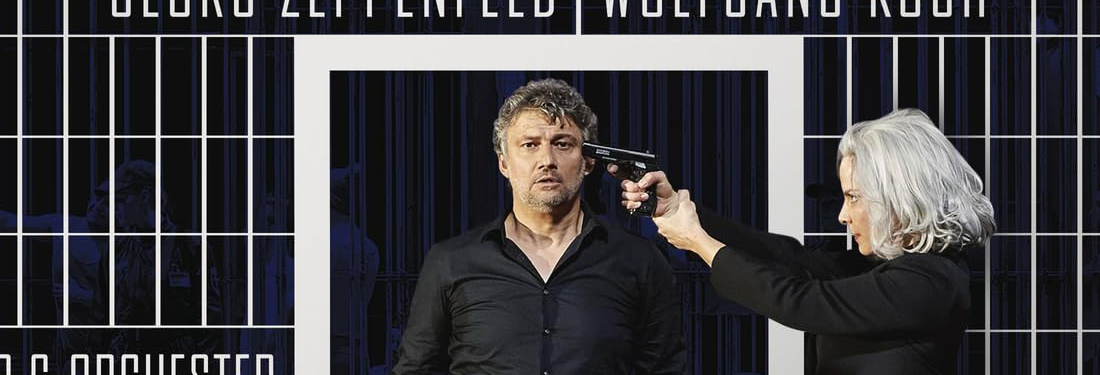
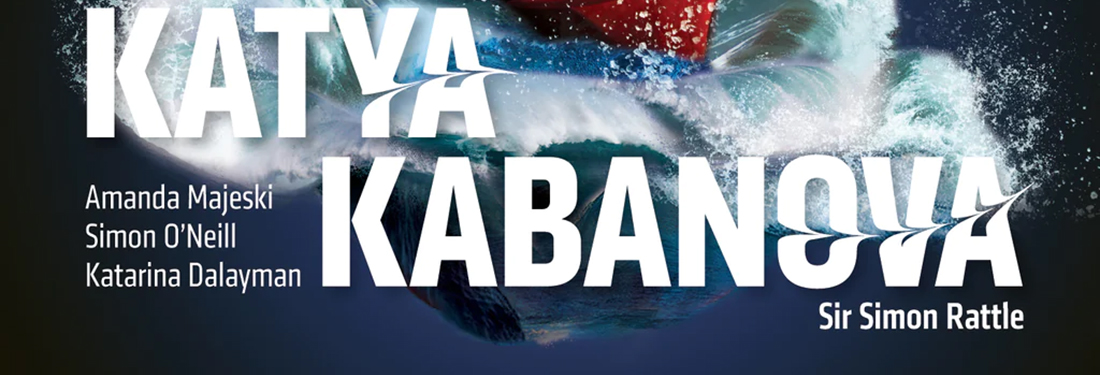
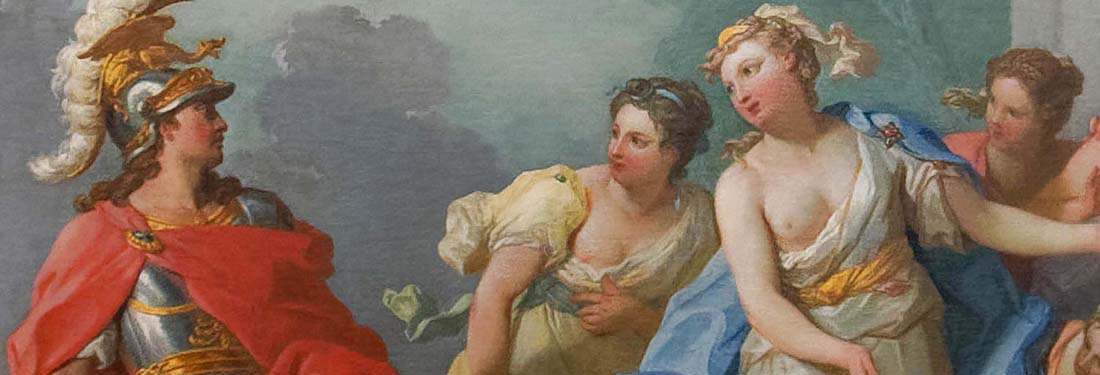
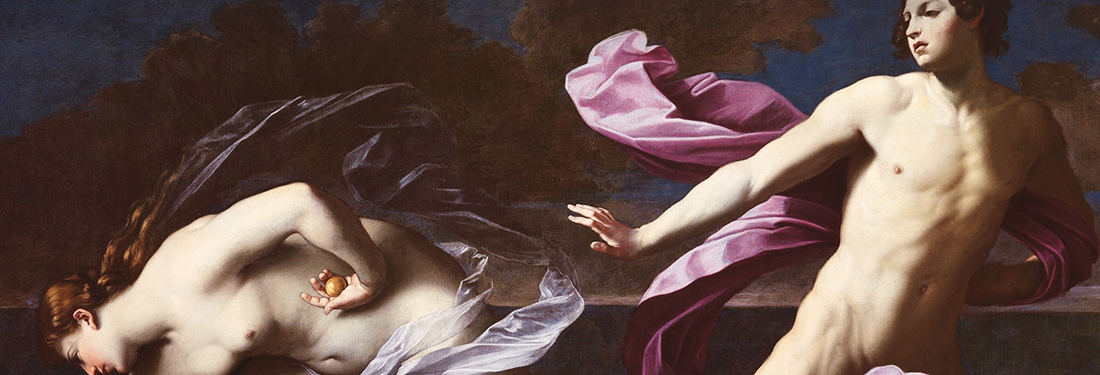
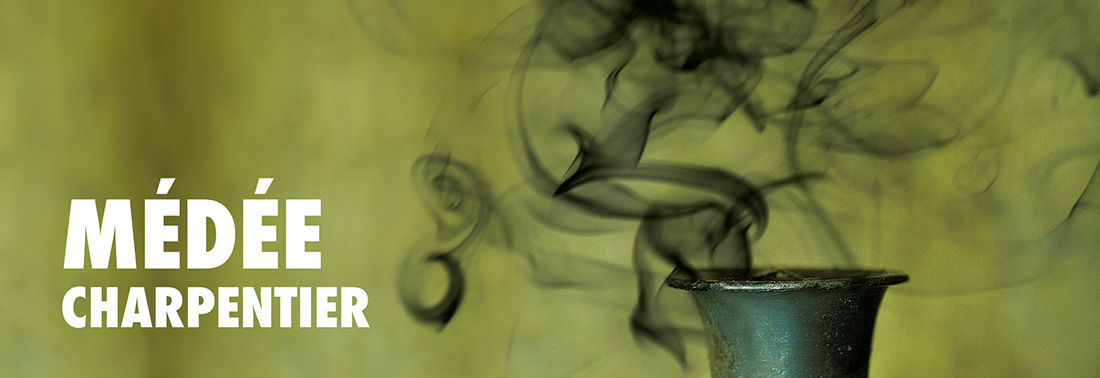
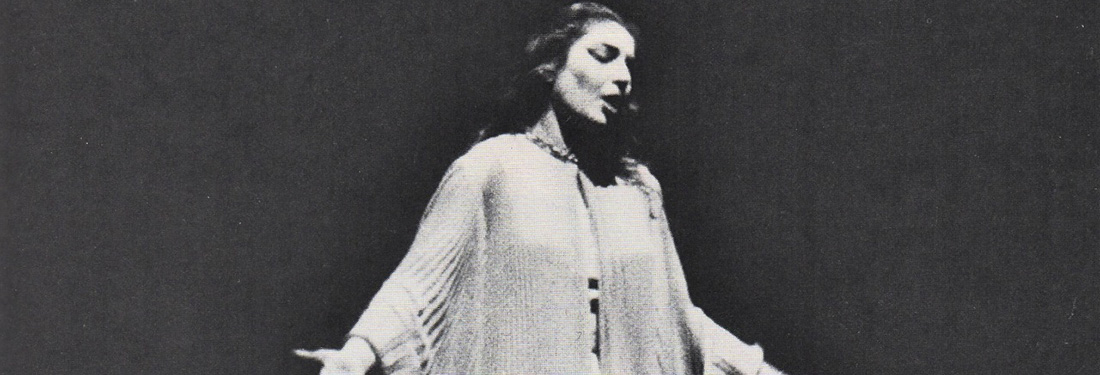
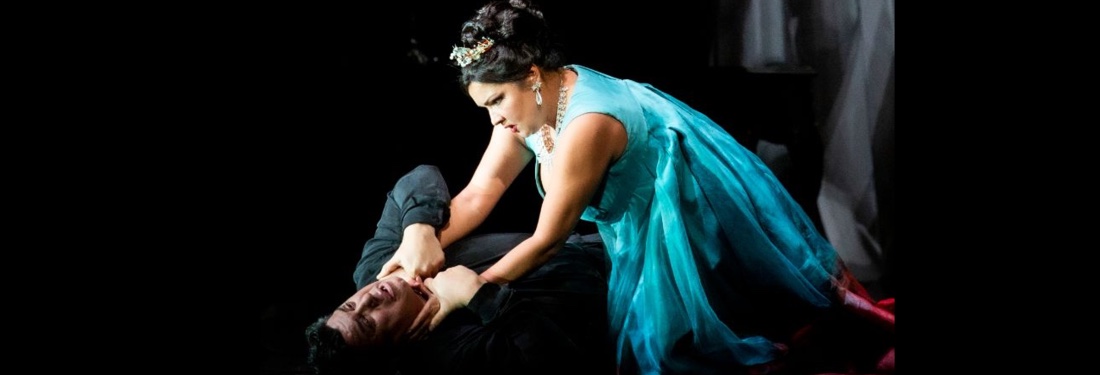







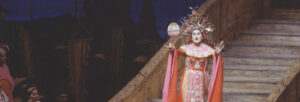
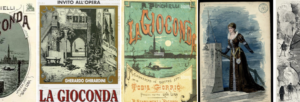



Comments